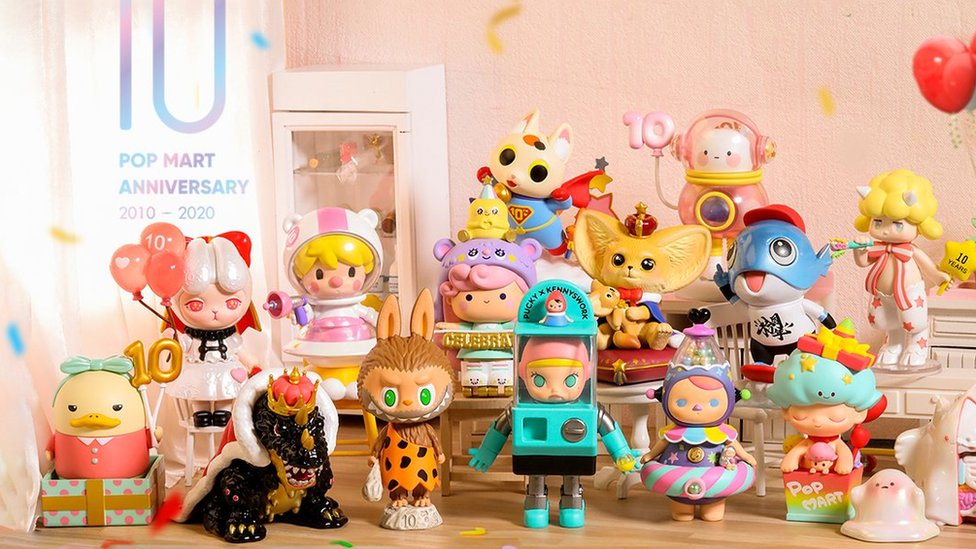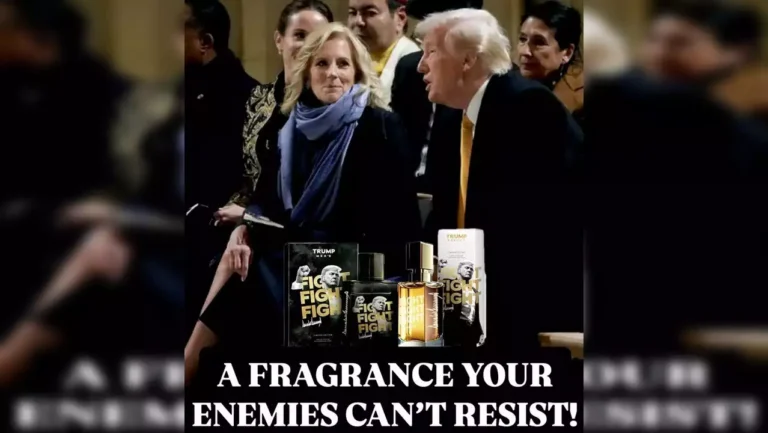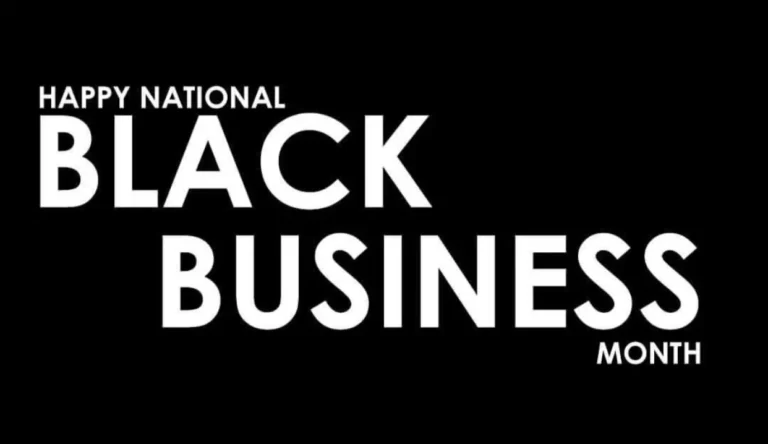
In just over a decade, Pop Mart, a Chinese toy company, has transformed from a little-known retailer into a global phenomenon valued at over $18 billion. The company’s success lies in its mastery of blind-box collectibles, savvy marketing, and collaborations with artists and global brands. But how exactly did Pop Mart turn simple collectible dolls into a multi-billion-dollar empire?
1. The Rise of Blind Boxes: A Genius Business Model
Pop Mart’s explosive growth is largely driven by its blind-box sales strategy. These small, sealed boxes contain mystery figurines, encouraging customers to buy multiple boxes to complete their collections. The thrill of not knowing which figurine they’ll get creates a psychological addiction, similar to gambling.
-
Scarcity & Exclusivity: Some figurines are rare (like the “hidden” variants), increasing demand.
-
Collector’s Mentality: Fans trade duplicates and hunt for limited editions, fueling repeat purchases.
-
Affordable Luxury: Priced at $9–$15 per box, they’re inexpensive enough for impulse buys but add up quickly.
This model has proven extremely profitable—Pop Mart sold 50 million blind boxes in 2020 alone, generating over $500 million in revenue.
2. Creating a Cult-Like Brand with IP (Intellectual Property)
Unlike traditional toy companies, Pop Mart doesn’t rely on movies or TV shows for its characters. Instead, it builds original IPs and collaborates with artists to create exclusive designs.
Molly: The Face of Pop Mart
The breakout star of Pop Mart is Molly, a pouty, big-eyed girl designed by Hong Kong artist Kenny Wong. Initially a niche vinyl toy, Molly became a cultural icon in China, driving 40% of Pop Mart’s early sales.
Pop Mart now owns over 100 IPs, including:
-
Dimoo (a dreamy, cloud-haired boy)
-
Pucky (a mischievous fairy)
-
Labubu (a quirky monster)
By owning these characters, Pop Mart avoids licensing fees and controls all merchandising rights, maximizing profits.
3. Strategic Collaborations & Limited Editions
Pop Mart partners with global brands, artists, and celebrities to create hype:
-
Disney: Mickey Mouse & Star Wars-themed blind boxes
-
Hello Kitty: Crossover collections
-
Famous Artists: Collaborations with designers like Kaws and Andy Warhol Foundation
These partnerships attract new audiences and allow Pop Mart to charge premium prices for special editions.
4. Digital & Social Media Mastery
Pop Mart leverages China’s digital ecosystem to drive sales:
-
Mini Programs & Apps: Users can trade figurines, track collections, and join online communities.
-
Livestreaming Sales: On platforms like Douyin (TikTok China), influencers unbox blind boxes live, creating FOMO (fear of missing out).
-
Social Media Hype: Fans share their collections on Xiaohongshu (Little Red Book) and Weibo, turning unboxing into a viral trend.
5. Global Expansion & Physical Retail Experience
While China remains its biggest market, Pop Mart is expanding aggressively overseas:
-
Flagship Stores: High-end stores in Tokyo, Seoul, New York, and London offer immersive experiences.
-
Vending Machines: Over 1,500 automated kiosks in malls and subways make impulse buys easy.
-
Pop-Up Events: Temporary exhibitions generate buzz (e.g., a Molly-themed art gallery in Singapore).
6. The Secondary Market: Scalpers & Resale Profits
Pop Mart’s limited-edition drops have created a booming resale market:
-
Rare figurines sell for 10x–100x retail price on platforms like Xianyu (China’s eBay).
-
Scalpers use bots to buy stock, further driving scarcity.
This secondary market fuels hype, making Pop Mart products even more desirable.
7. Challenges & Future Growth
Despite its success, Pop Mart faces risks:
-
Market Saturation: Competitors like 52TOYS and Sonny Angel are entering the blind-box space.
-
Regulatory Risks: China’s crackdown on “gambling-like” mechanics could impact sales.
-
Dependence on IP: If trends shift, Pop Mart must keep creating new hit characters.
To sustain growth, Pop Mart is diversifying into:
-
Animation & Games (e.g., Molly-themed mobile games)
-
Luxury Collaborations (e.g., high-end fashion partnerships)
-
NFTs & Digital Collectibles (expanding into the metaverse)
Conclusion: The Secret to Pop Mart’s Success
Pop Mart’s $18 billion valuation isn’t just about toys—it’s about mastering consumer psychology, digital marketing, and global branding. By turning collectible dolls into must-have cultural items, Pop Mart has redefined the toy industry.
As it expands worldwide, the question isn’t if Pop Mart will dominate—but how far its blind-box empire will grow.




